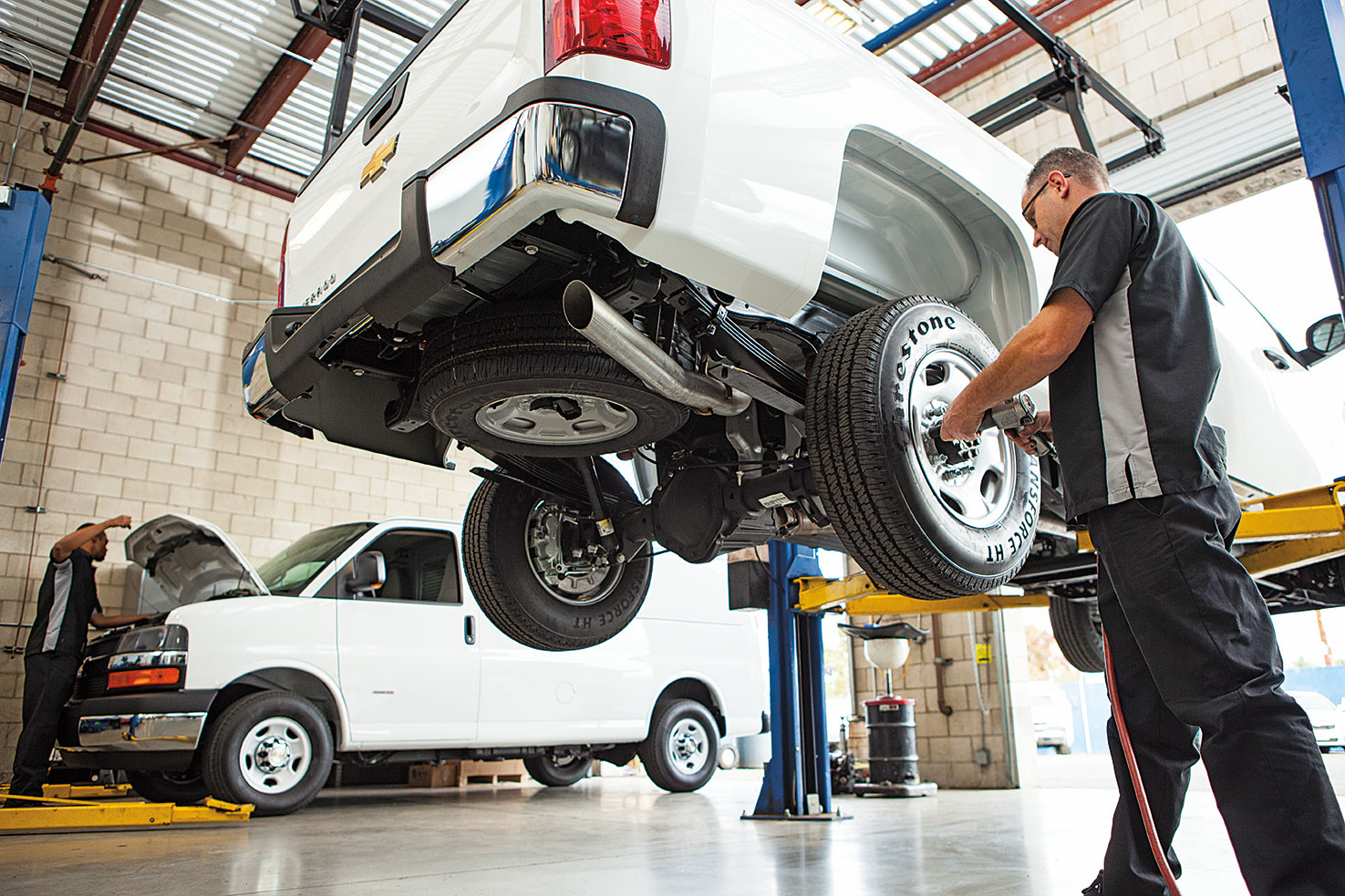Stretching time horizons can help fleets better prepare for the future.
One of the biggest issues facing many fleet managers today is the shortage of new vehicles available in the market, and much longer lead times for factory orders.
This means in many cases; we have no choice but to keep running our existing fleet assets for longer. For me, this highlights the importance of longer-term planning. Now more than ever, as fleet managers, we need to have sound lifecycle replacement and long-term funding plans in place.
And we need to make factory order commitments earlier today, simply because vehicle manufacturers are currently limited in terms of the production allocation they have for fleet orders.
Therefore, if we want to have a better chance of getting the new vehicles we require, we have to be at the front of the queue.
Given the ongoing uncertainty in the world, this is very much a longer-term play, so if we’re looking at shorter-term solutions, we need to look at making sure our existing fleet is operating as effectively as possible.
We need to stay on top of vehicle service requirements, making sure preventative and predictive maintenance plans are as well-executed as they possibly can be.
Doing so means we have a better chance to mitigate the effects of potential downtime due to operating an ageing fleet.
Finding flexibility
In our case—with regards to being a provincial ambulance service—we are looking across our entire fleet and seeing that our metro units, located in major cities, are currently experiencing much higher utilization rates.
On the other hand, some of the rural zones are not quite as busy. As a result, we do have some flexibility in moving fleet assets around to better balance utilization and extend the operational life of some of those vehicles.
In the current pandemic environment, there is a heightened need to balance underutilized vehicles with those that are experiencing higher usage.

Not only due to it being a sound fleet management practice but also because in many cases, fleet managers simply can’t replace these vehicles with new ones as they just aren’t available.
If we don’t look to balance the utilization of these assets, certain vehicles are going to wear faster. It will then cost the fleet much more in both time and money when it comes to maintenance and repairs required to keep these assets running.
Consider new funding strategies
Another question for many fleet managers right now revolves around alternative funding options.
Fleet assets are often a capital purchase in which the organization acquires and owns its vehicles, however, there are other options, such as leasing, when capital dollars are just not available, as is the case for many fleets today.
Working with fleet management companies (FMCs) or other entities to try and access other sources of vehicles is a viable option that requires a far less initial investment.
For some types of vehicles, such as ambulances, it can be tougher to find replacements in the lease market.
For support vehicles, leasing is something to consider. Not only to free up capital but also to leverage the strength of the FMC to access some of the new vehicle capacity that may be available in the marketplace.
If you’ve always purchased your fleet in the past, that method may no longer be an option, so you need to consider other strategies, and be nimble enough to pivot when necessary.
In summing up, it’s important to emphasize that we all need to plan much further ahead and take a longer snapshot look at things than perhaps we did in the past, and it always makes good sense to evaluate alternative acquisition or funding sources.
If you’re just planning year by year, or if you’re not sure if you will have the capital available to execute your replacement plan, you’re probably not going to be able to keep up—current market conditions represent such a dynamic situation—and one that is almost certain to be constantly changing for the foreseeable future.
As fleet managers we need our plans; we have to have good data, and more than ever, we have to understand the current state of our fleet.
We need to ask ourselves:
- What units do we need to replace?
- When?
- What options will be available to us?
Then build a multi-year replacement strategy based around that.
Ultimately, by taking this approach and continuing to remain forward-looking, we stand a much better chance of being prepared for the future, no matter how uncertain it may be.
Ray has over 38 years’ experience in the fleet industry, specializing in the management and maintenance of municipal and emergency services fleets. Currently the Provincial Manager of EMS Fleet Operations for Alberta Health Services, Ray has also worked as the Fleet Manager for the Calgary Fire Department and served with the City of Calgary Fleet Services division. A NAFA volunteer for well over 10 years, Ray received the distinguished Excellence in Education award in 2018 for his contributions to NAFA’s educational programs. He currently serves on NAFA’s Board of Directors as President of the association.



